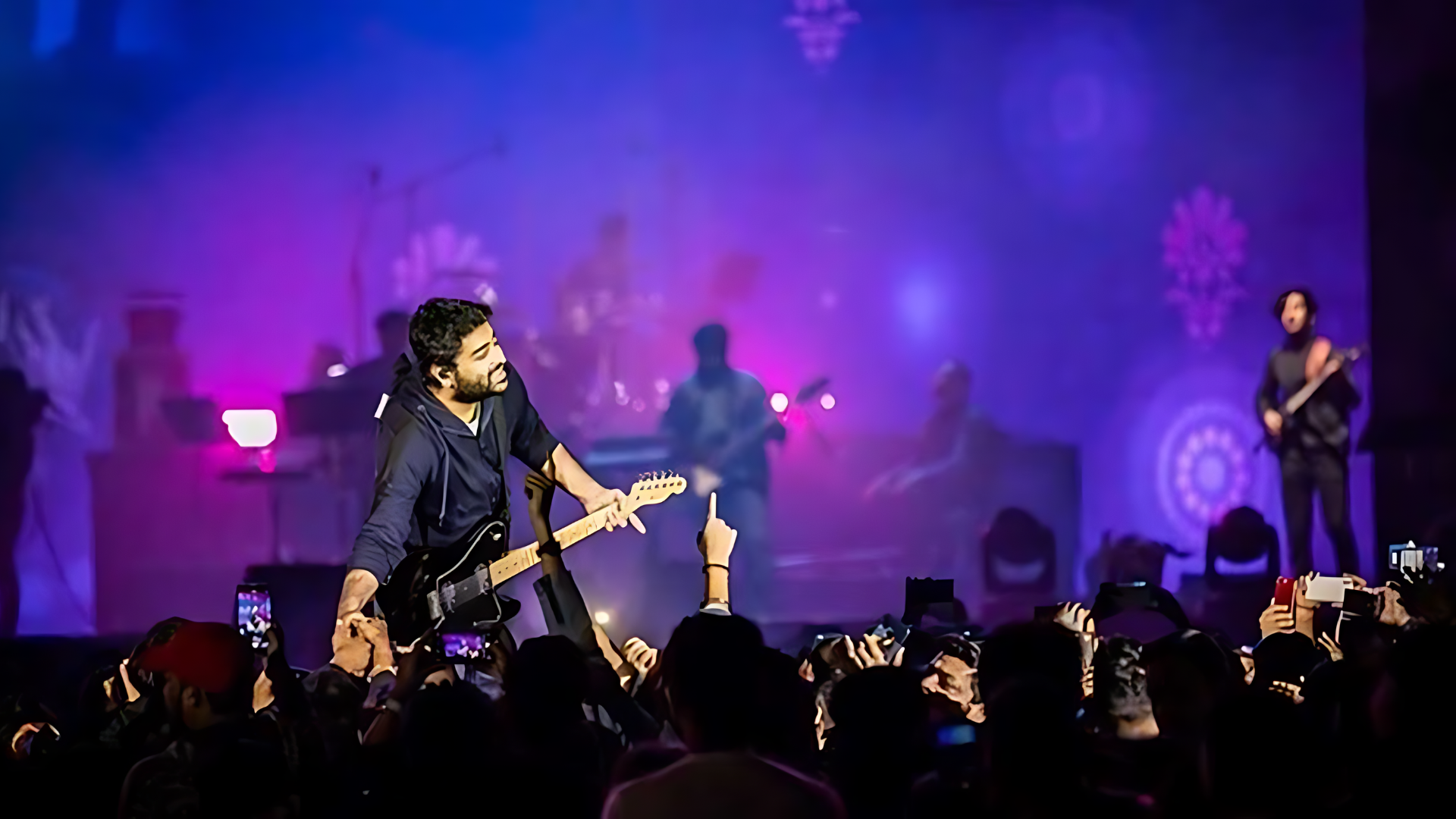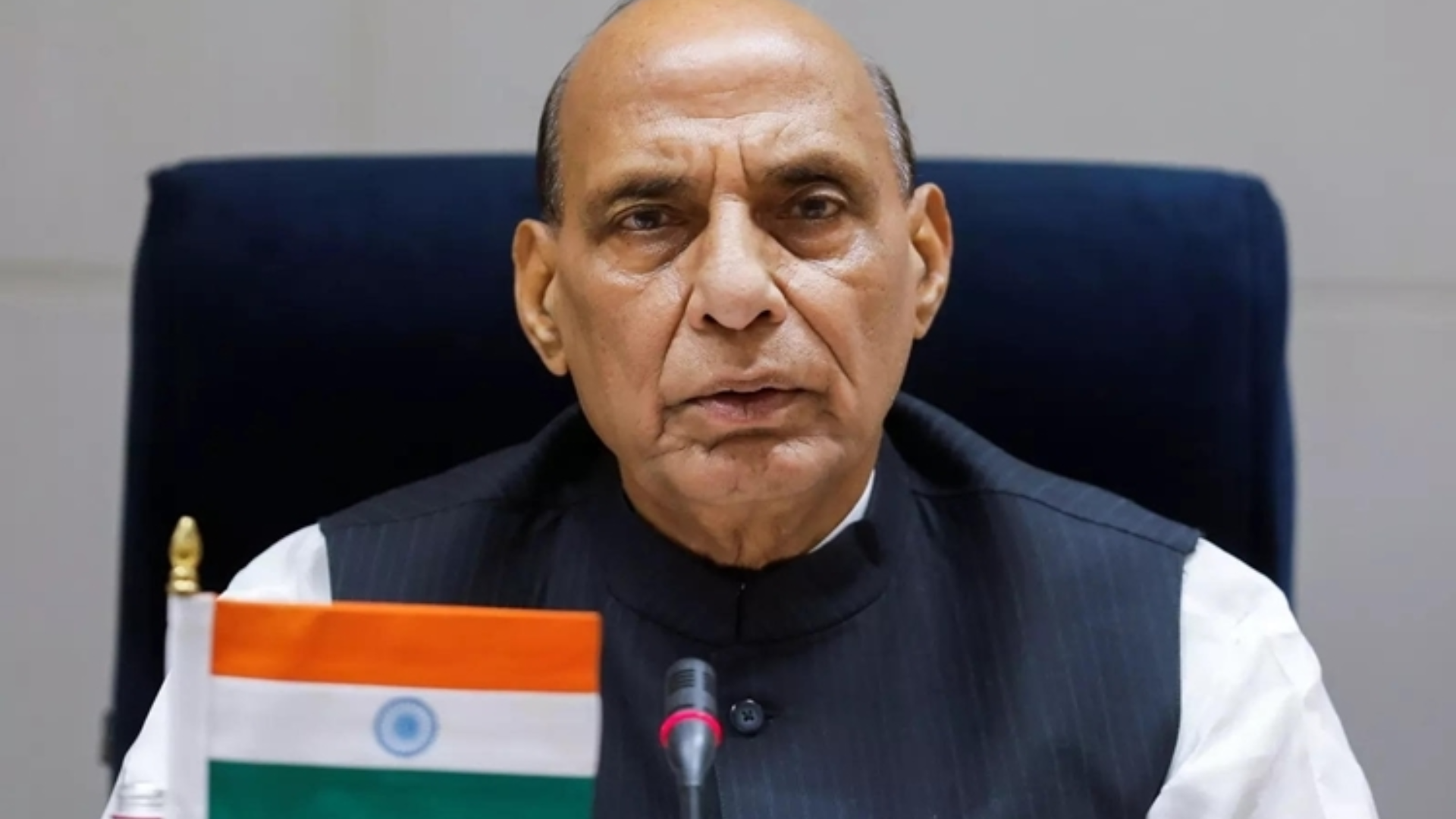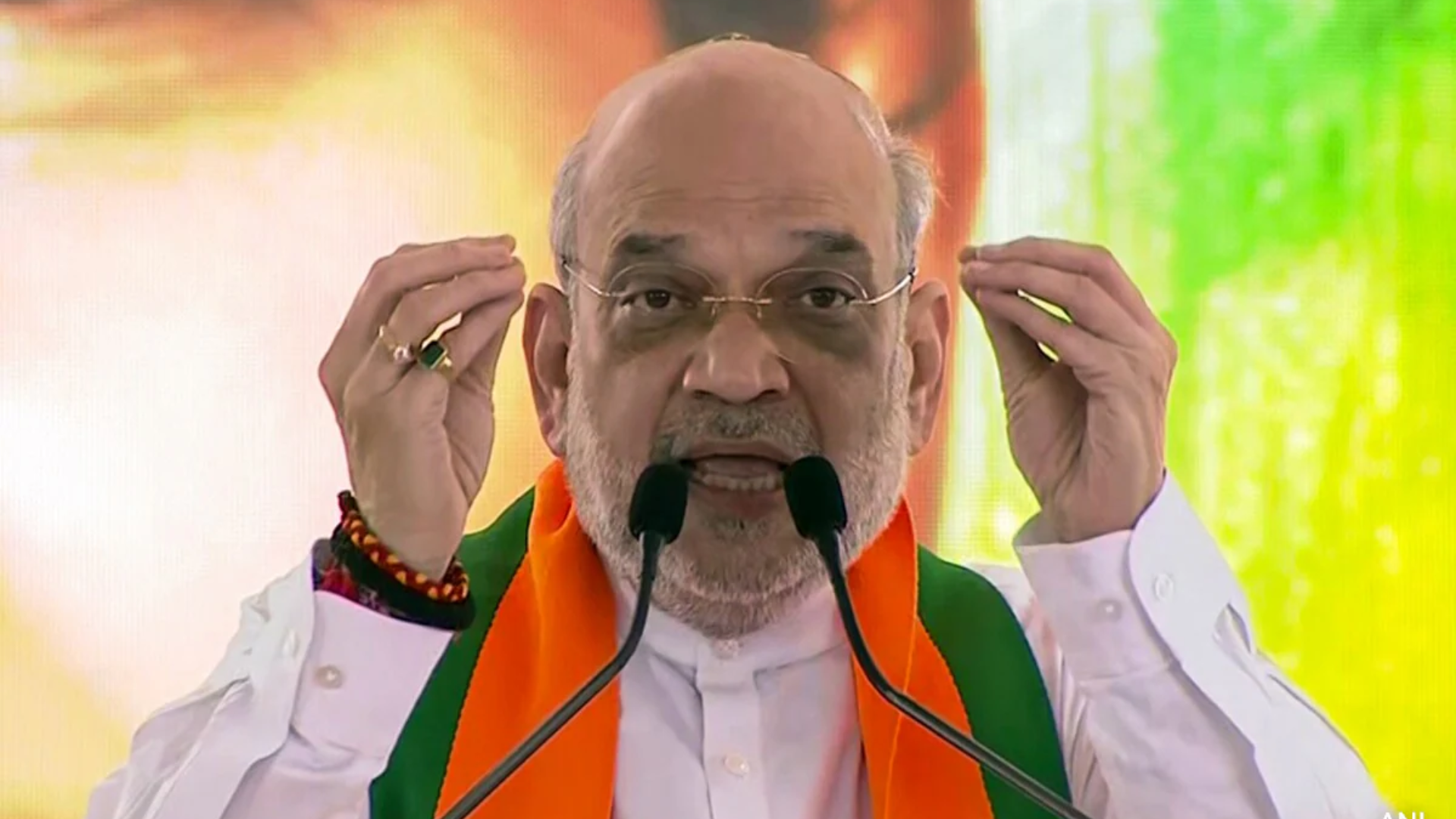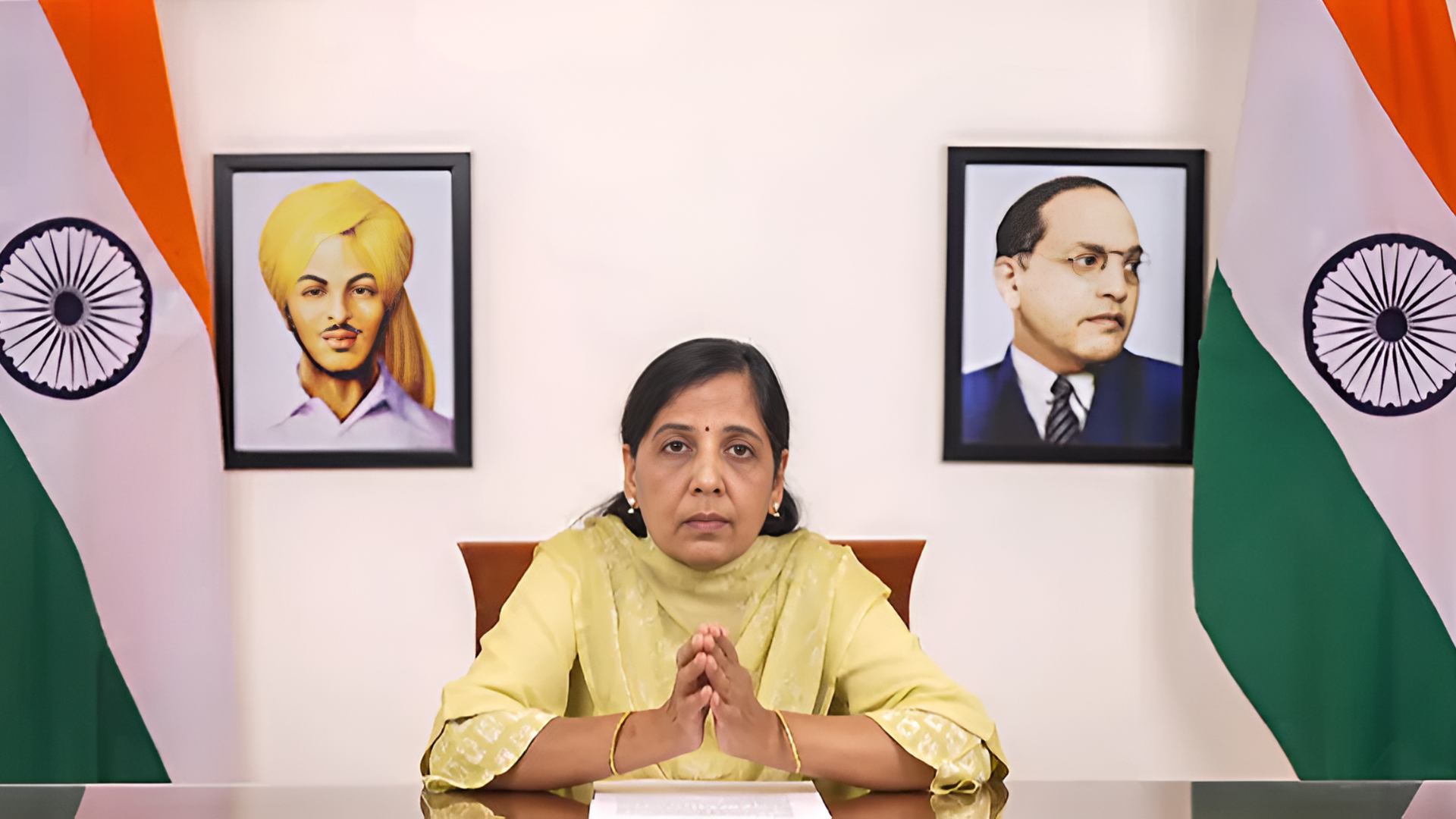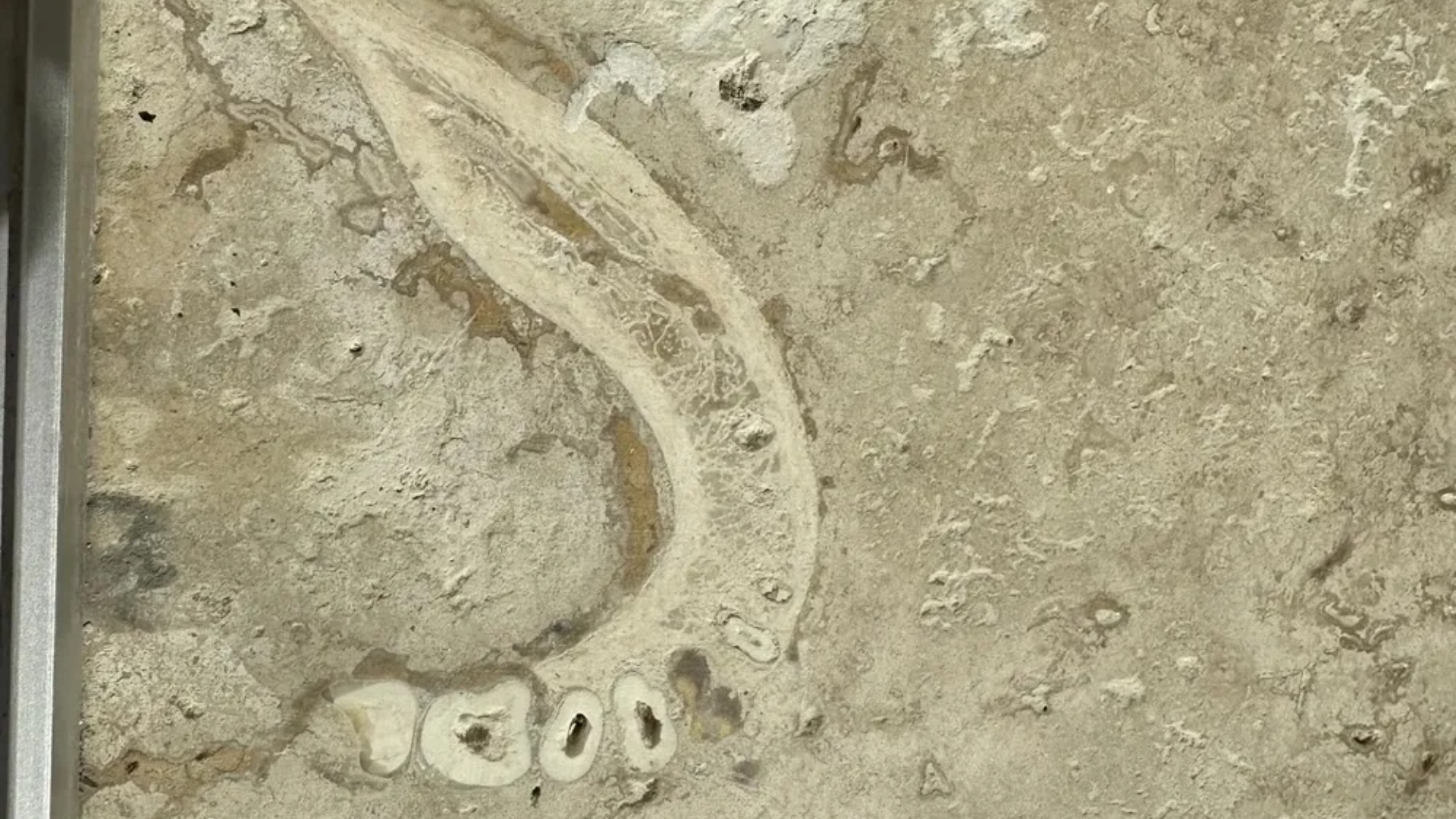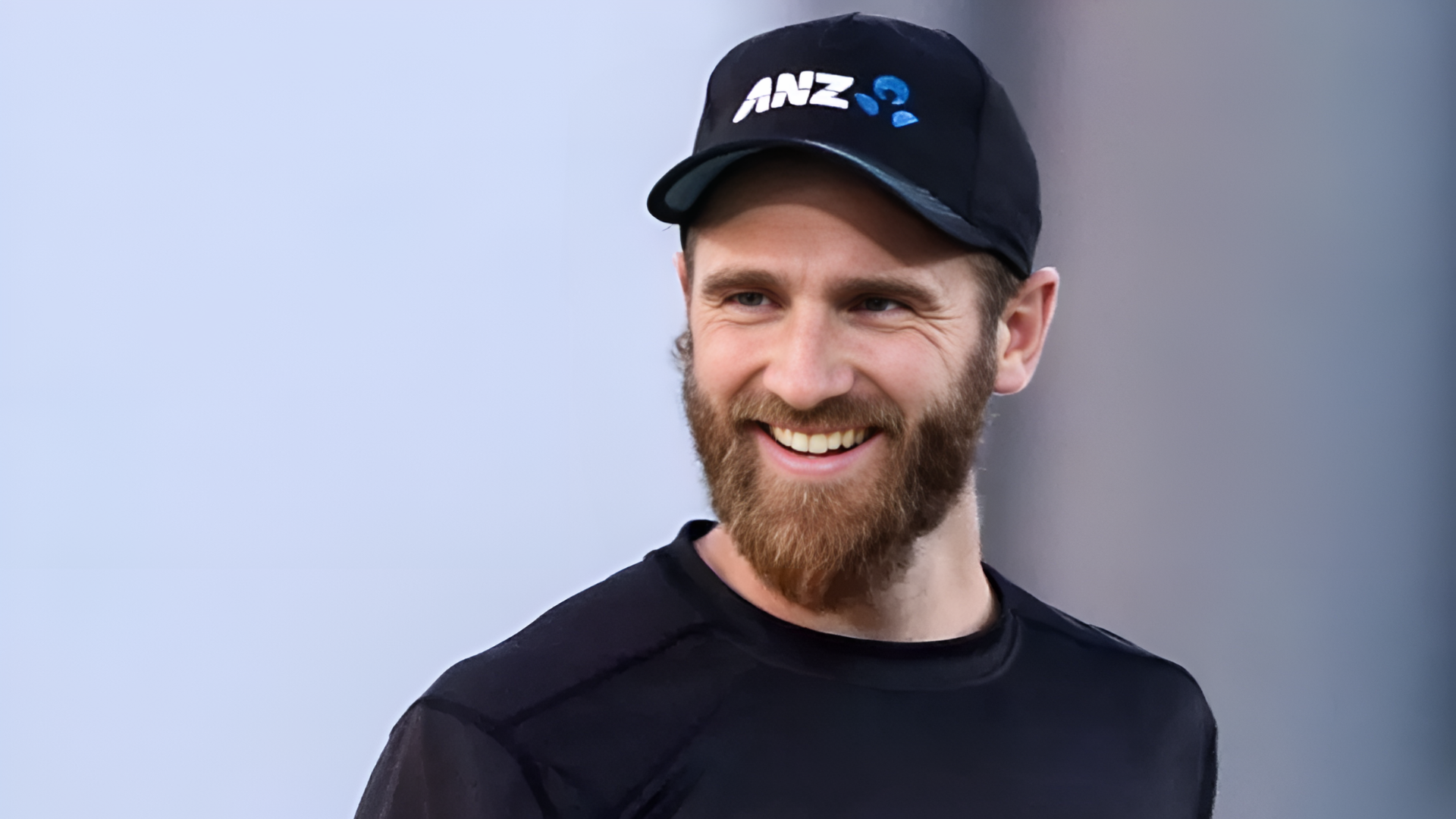



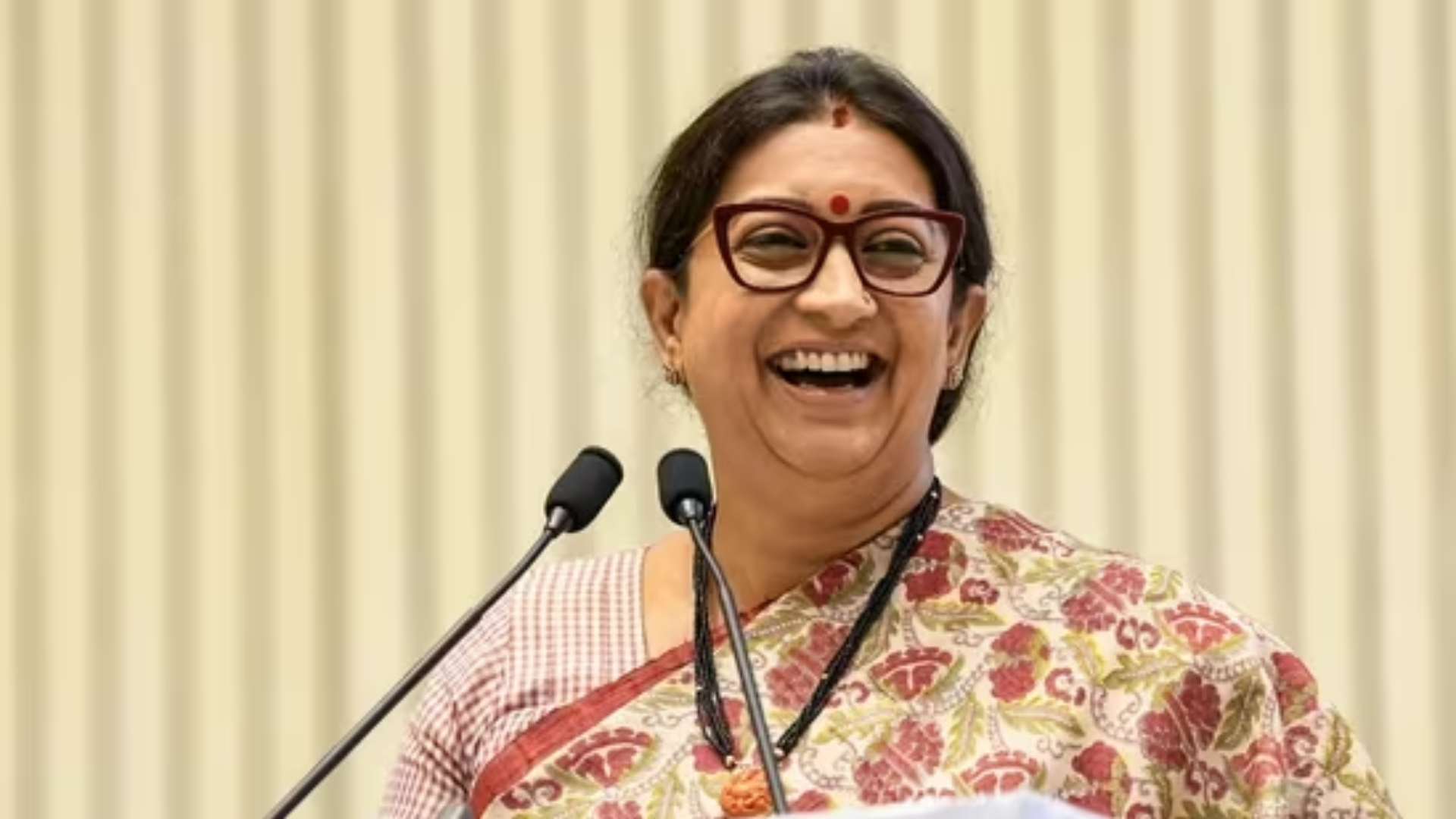
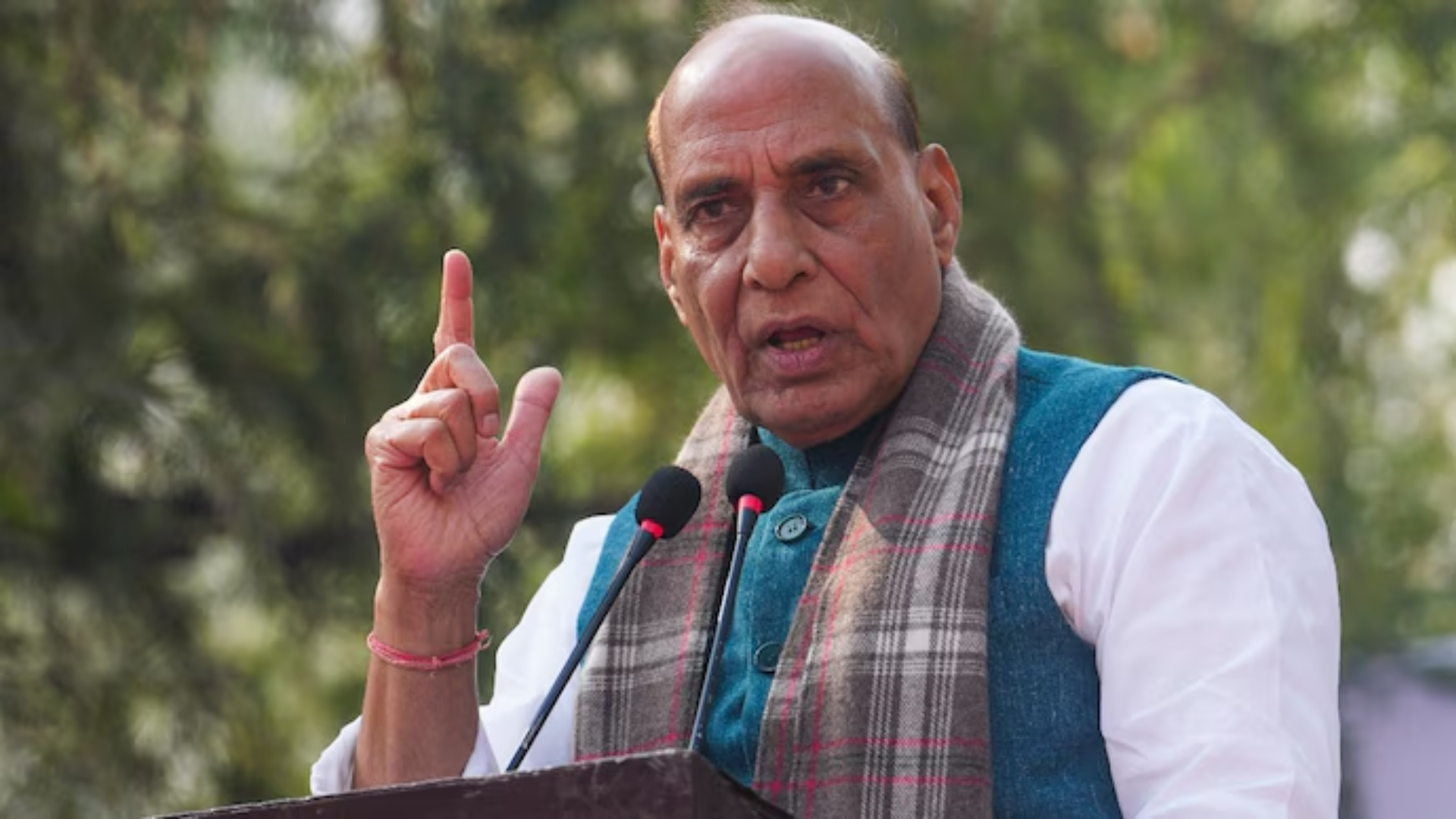

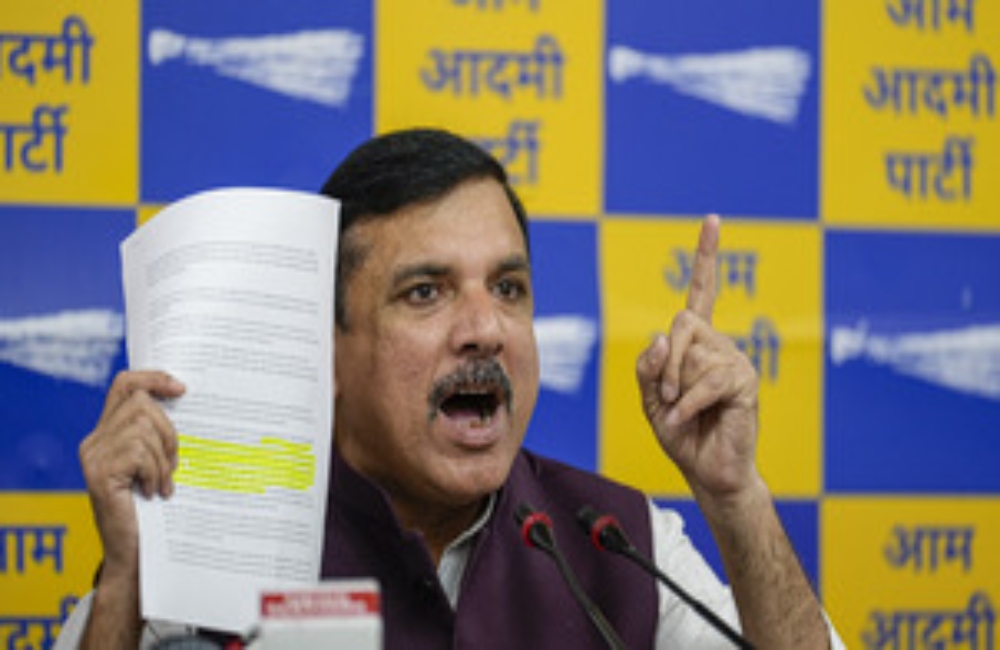

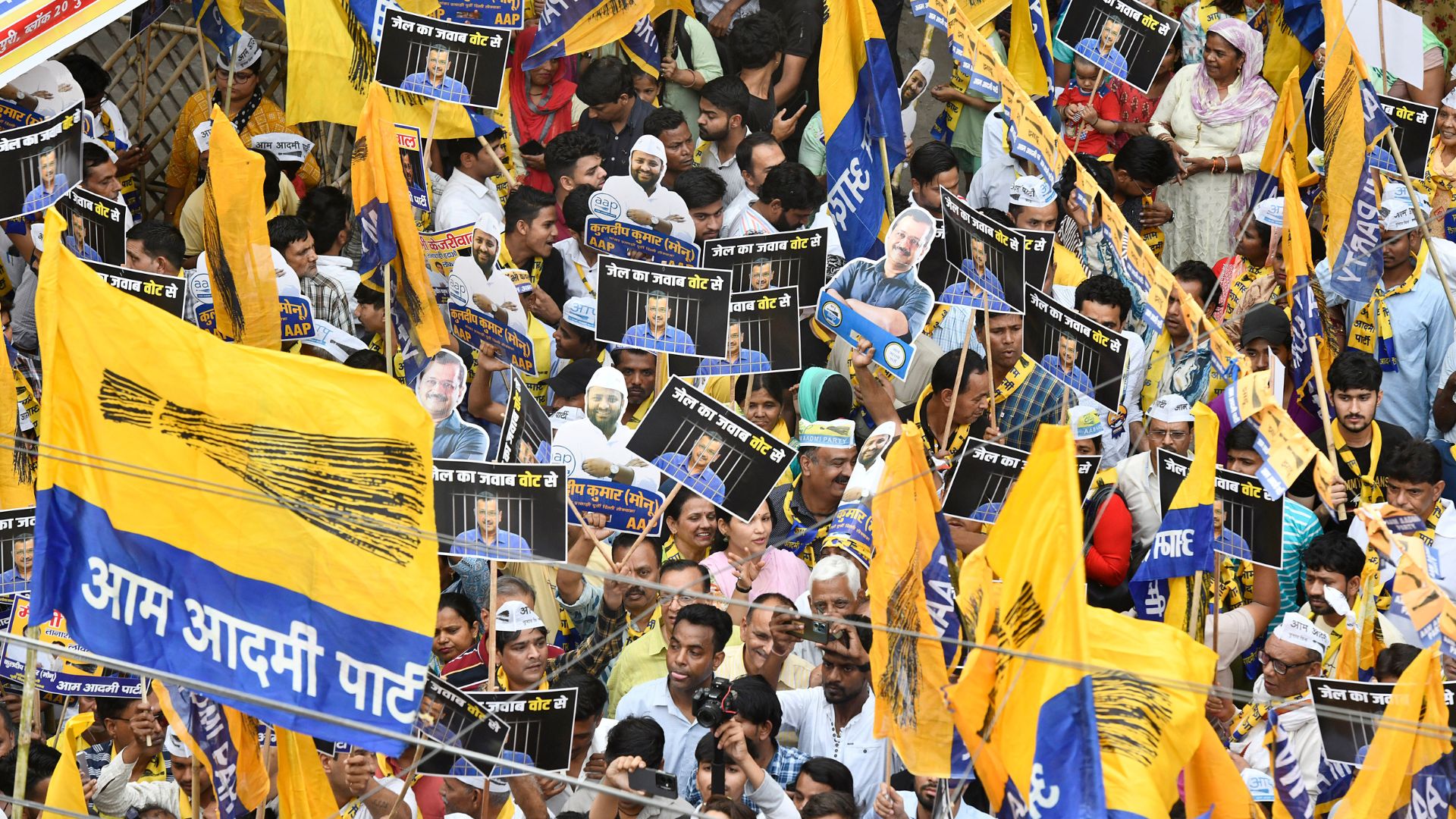
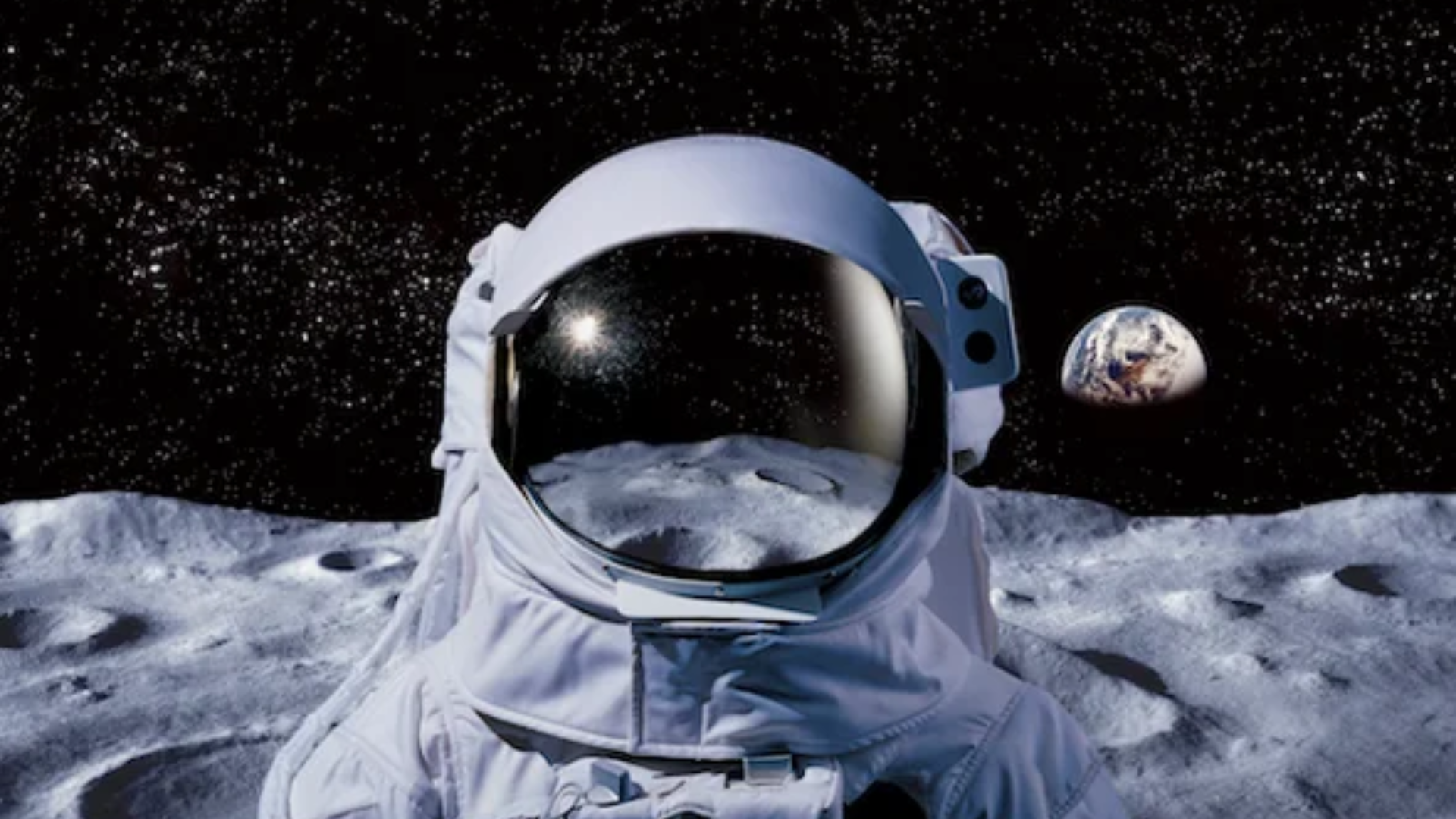
The four astronauts selected for India’s first space mission, Gaganyaan, were trained at the Yuri Gagarin Astronaut Training Center in Russia.
The Gagarin Cosmonaut Training Center (GCTC) is located approximately 30 km north of Moscow and is named after Yuri Gagarin, the first human in space. The center has important training facilities, including simulators, and provides survival training for various conditions such as mountain, forest, swamp, desert, arctic and sea landing.
Prime Minister Narendra Modi recently announced the names of the four Indian Air Force personnel selected for the Gaganyan mission, scheduled to begin in 2024-25. These astronauts include Team Captain Prashanth Nair, Team Captain Ajit Krishnan, Team Captain Angad Pratap and Wing Commander Shubhanshu Shukla, all of whom trained at the Yuri Gagarin Cosmonaut Training Center.
During his visit to Kerala, Prime Minister Narendra Modi reviewed the progress of the Gaganyan mission and presented the ‘Astronaut Award’ to the astronauts at the Vikram Sarabhai Space Centre. The mission, India’s first space mission, has several ISRO facilities planned.
Prime Minister Modi added that India’s success in space is due to the promotion of science among the country’s youth. He said that as India aims to become the third largest economy in the world, Gaganyaan’s mission will take the country’s aviation industry to new heights.
The Gaganyaan program aims to demonstrate space capabilities by sending a crew of three into a 400 km orbit for a three-day mission, landing in Indian waters and returning to the good earth. Important technologies such as emergencies, life support systems, emergency evacuation personnel, and crowd control were developed for this role.
Various test operations such as Integrated Air Drop Test (IADT), Pad Abort Test (PAT) and Test Vehicle (TV) flight plans illustrate pre-operational planning. The safety and reliability of each system will be verified through unmanned operations in front of pilots.
ISRO’s heavy lift launch vehicle LVM3 rocket has been identified as the launch vehicle for the Gaganyaan mission. The safety of people is paramount and new technologies are being developed in engineering and human resources.
India’s recent achievements in space, such as the successful landing of Chandrayaan-3 on the south pole of the Moon and the launch of Aditya-L1, the first solar mission in 2023, have completed its mission on Earth. space. scene. These important factors have also contributed to the growth of India’s own aerospace sector.
Look ahead, India aims to establish “Bharatiya Antariksha Station” by 2035 and send first Indian to the moon by 2040, explains space exploration plan well.

